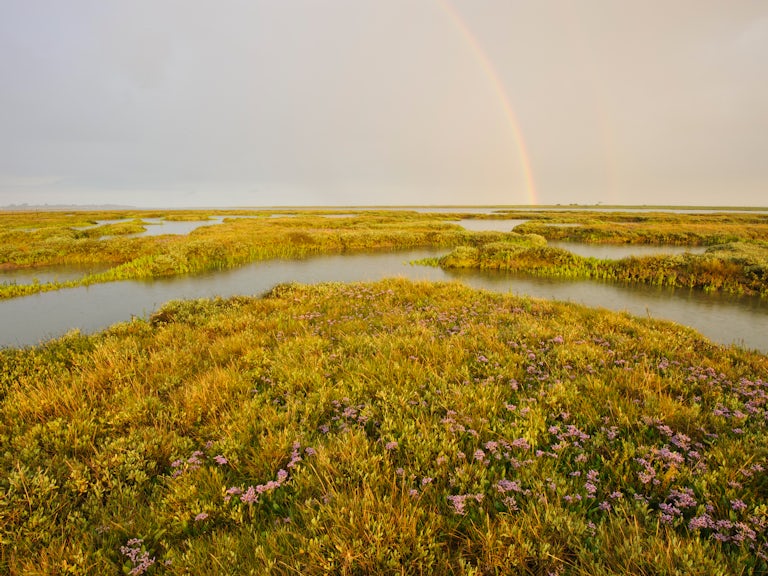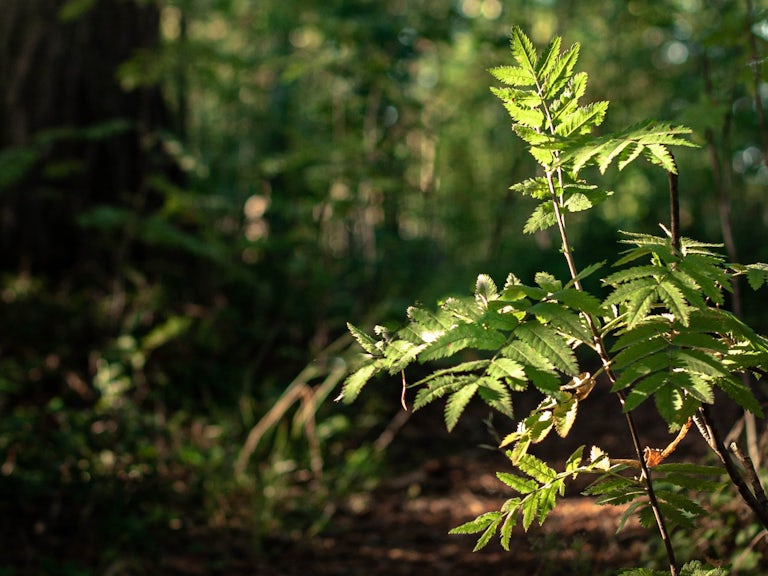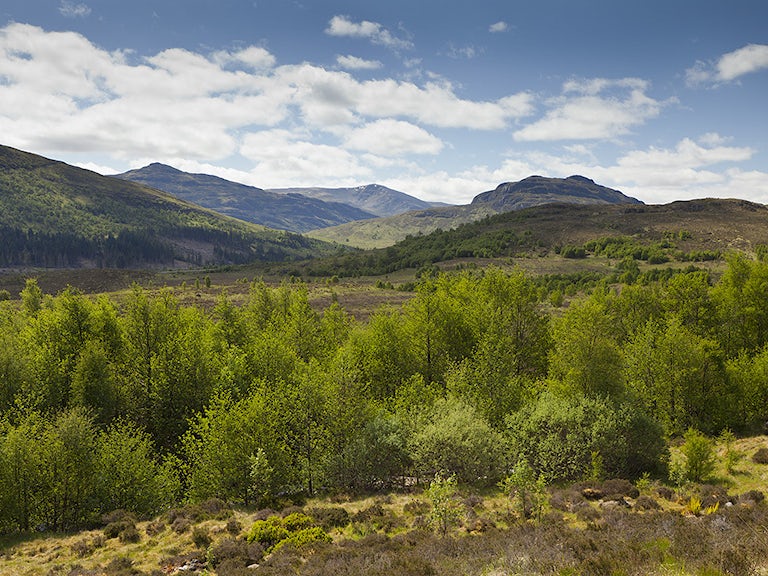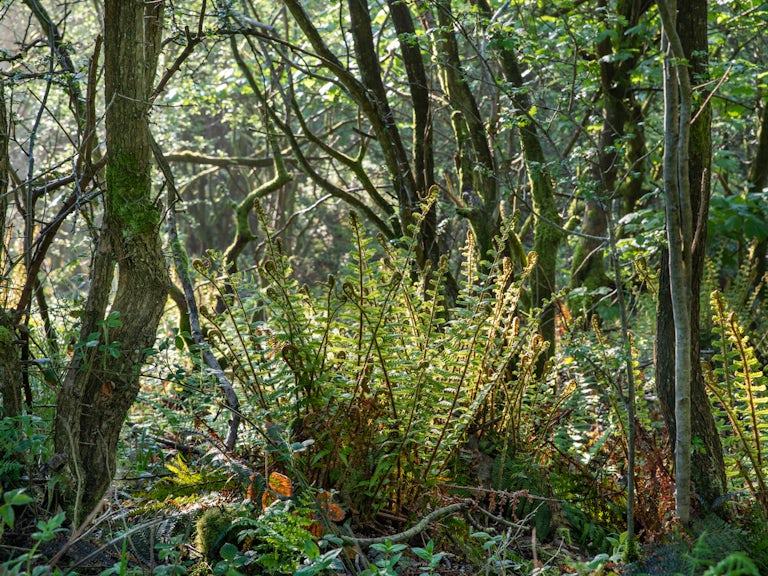Our Response: Landscapes review consultation
The Government is looking afresh at national parks and Areas of Outstanding National Beauty (AONBs) in England. Their public consultation closed on 9 April 2022.
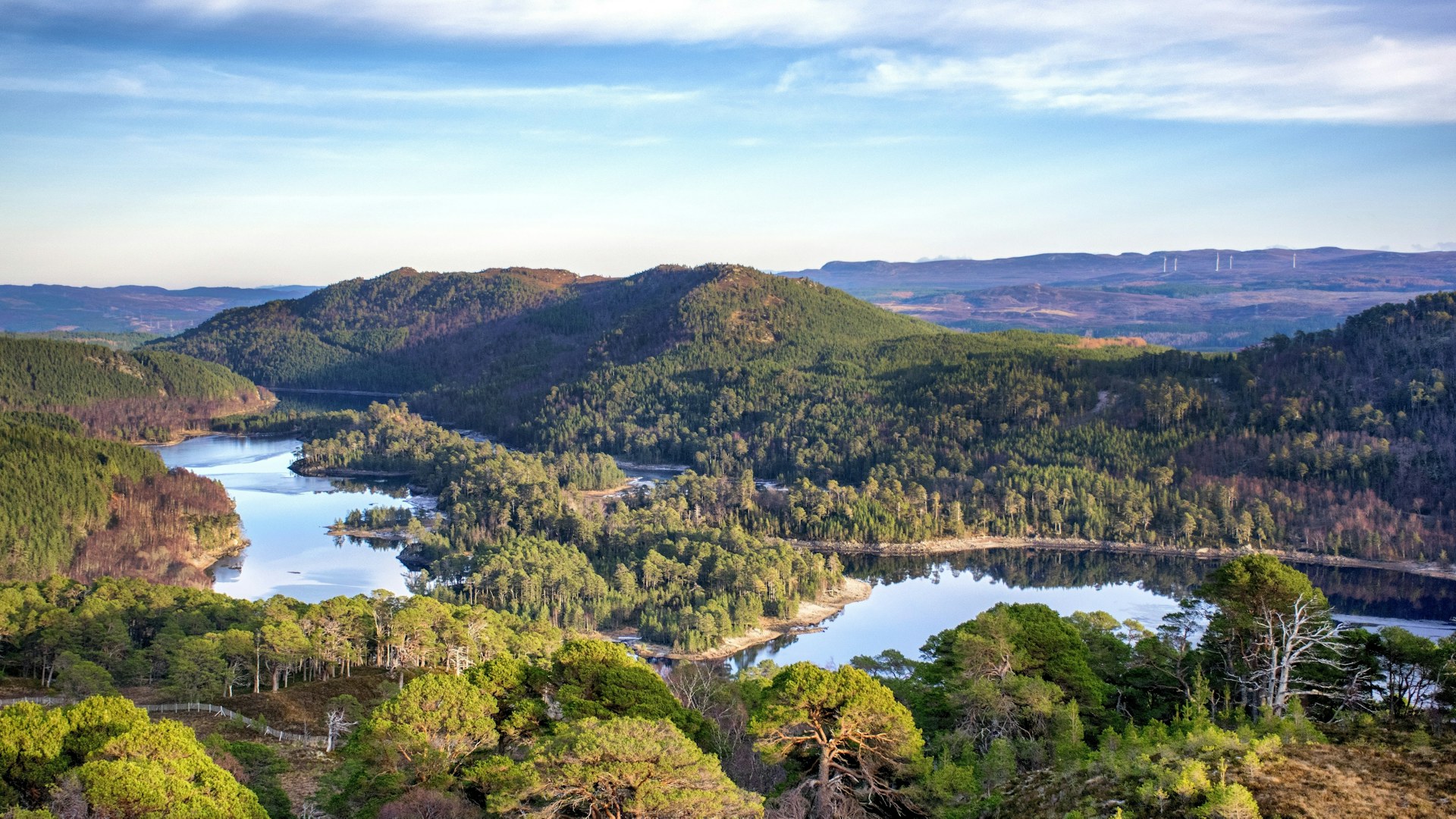
We all have a once in a lifetime opportunity to demand that these precious places become areas where nature can thrive.
In January 2022 the UK Government published its long-awaited formal response to the Glover Review, an independent review into whether the protections for national parks and areas of outstanding natural beauty (AONBs) are still fit for purpose. In it they announced a 12-week public consultation which closed on 9 April 2022.
Have your say on protected areas in England
Take a look at what we’ve submitted below (in the dropdown section on this page).
Recent polling showed 83% of British people support rewilding and 75% want politicians to do more to reverse the decline of nature. So you’re not alone.
In a nutshell, here is what we’re asking the Government to do:
- Modernise legislation to empower NPs and AONBs to recover nature. Legislation should ensure that NPs and AONBs are required to: a) rewild 10% of NPs and AONBs by 2030; b) regenerate 50% of NPs and AONBs by 2030.
- Set out specific and ambitious targets, including how nature outcomes will be achieved via policy and funding mechanisms
- Require and support NPs and AONBs to enhance climate mitigation and adaptation strategies, including: a) the restoration and reinstatement of natural processes which sequester and store carbon; b) preventing and reducing wildlife extinction by restoring and connecting species-rich habitats across at least 30% of Britain’s land and sea by 2030.
- Establish nature-based economies through locally-led land planning, regulation, financing.
- Increase the diversity of the Boards which oversee the management of national parks and AONBs.
Our response to the consultation
Read Rewilding Britain’s submission to the consultation below.
Note to reader:
The Glover Review proposes two ‘statutory purposes’ for National Parks which are referred to in the following questions and answers.
They are:
- Conserve and enhance natural beauty, wildlife and cultural heritage
- Promote understanding and enjoyment of its special qualities by the public
A duty to seek to foster the social and economic wellbeing of the local communities within the National Park in pursuit of purposes.
A single AONB purpose: Conserve and enhance natural beauty
Rewilding Britain's submission to the consultation
The consultation contains 15 questions in total. Questions 1 – 5 are personal questions. Questions 6 – 15 relate to the Government response to the Landscapes Review. Below are our own responses.
6. Should a strengthened first purpose of protected landscapes follow the proposals set out in Chapter 2?
We have been calling for the Government to modernise legislation to empower the national parks to upscale efforts to ensure nature’s recovery. So we strongly agree with the strengthening of the first purpose to ensure that the core function of protected landscapes is to drive nature recovery.
We can demonstrate that rewilding can play an essential role in tackling the extinction crisis and climate emergency and believe that creating wilder national parks and Areas of Outstanding National Beauty (AONBs) is vital for addressing both. These protected areas comprise some of the most remote swathes of Britain and some of our most cherished landscapes. Yet whilst they have largely protected these landscapes from built development, they’re not delivering for nature and biodiversity and could be much wilder.
It is therefore essential for the Government to identify the extent to which protected landscapes are going to contribute to their commitment to protect 30% of UK land for nature by 2030 referred to in Chapter 2 of their response.
We are particularly disappointed that the Glover Review’s recommendation to set ‘clear priorities for nature’s recovery including, but not limited to, wilder areas’ has been ignored in the Government’s response. We believe that the 30% by 2030 target is not credible without an explicit commitment to making our national parks wilder.
We know that there is strong support for wilder areas and rewilding. A recent YouGov poll commissioned by Rewilding Britain shows that:
- an incredible 83% of the public support national parks being made wilder, with areas set aside for rewilding
- 81% of Britons support rewilding and that 75% of people want politicians to do much more to reverse the catastrophic decline of nature. This polling confirms that wilder landscapes are overwhelmingly popular with the British public.
We strongly recommend that national parks and AONBs are required through new legislation and strengthened Management Plans to lead the way by establishing:
Core rewilding areas across at least 10% of their area by 2030. These areas should focus on restoring and reinstating as wide a range of natural processes, habitats and missing species as possible to form mosaics of native forest, peatlands, heaths, species-rich grasslands and wetlands etc. There should be minimal or no human impact or extraction of resources within these core rewilding areas.
Regenerative areas across at least 50% of their area by 2030. These areas should support a diverse range of land uses and enterprises, generating value for the local economy while allowing nature to flourish, e.g. continuous cover forestry, nature-based tourism, recreational fishing and high-nature value/wild meats.
As is indicated in the revised purpose there should be much more specific targets set with regards to nature outcomes. It is also essential to identify significant new policy and funding mechanisms for achieving these. Simply doing more and better with existing policies and funding will be nowhere near enough to attain the target of 30% by 2030. We need integrated regulatory processes and practices which support nature’s recovery in alignment with locally developed Management Plans for each national park and AONB.
This will require new or improved legislation to empower national parks and AONBs to upscale efforts for nature’s recovery and it will require additional targeted funding. Significant investment is needed to meet our nature and climate commitments in any meaningful way through both public financing e.g. through direct Grant-in Aid to National Park Authorities and Environmental Land Management (ELM) payments to landowners and occupiers, but also through encouraging private financing and investment. This should be linked to the establishment of Nature-Based Economies which allow nature to flourish while supporting prosperous communities (see answer to question 7 for more details).
A strengthened first purpose should also lead to the ‘strengthened Management Plans with clear priorities and actions for nature’s recovery’ that were proposed in the Glover Review. The delay in setting ambitious outcomes for these plans (i.e. only to be expected by January 2023) is extremely frustrating but the commitment to set, monitor and evaluate progress against key indicators and targets is welcome.
7. Which other priorities should be reflected in a strengthened first purpose e.g. climate, cultural heritage?
There are two other major priorities we would wish to see featuring strongly here and both are inextricably linked with the primary purpose of nature recovery and with each other:
(i) Enhancing climate mitigation and adaptation: We know that nature is our greatest ally in our response to the climate emergency. An essential focus of the strengthened first purpose of protected landscapes must be to help to reduce climate heating and to mitigate its impacts on wildlife and people.
This means systematically reducing greenhouse gas emissions throughout protected areas as well as restoring healthy, functional ecosystems to sequester more carbon from the atmosphere. In terms of tackling existing emissions this will require the phasing out of carbon-emitting practices such as all moor burning (which also significantly suppresses biodiversity) and restoring healthy functioning ecosystems.
National parks and AONBs should be required and supported to restore and reinstate as wide a range of natural processes, habitats and missing species as possible to form mosaics of native forest, peatlands, heaths, species-rich grasslands and wetlands. Nature-based solutions are currently the only tried and tested way we have of sequestering and storing carbon in a safe way. Analysis within Rewilding Britain’s Rewilding and Climate Breakdown report suggests that restoring native woodland, peatbogs, heaths, and species-rich grasslands over a total of 7.2 million hectares (i.e. 30% of the UK) could sequester 53 million tonnes of CO2/year. This is equivalent to 12% of our current UK greenhouse gas emissions.
Rewilding can also help wildlife adapt to climate heating. Analysis in our Rewilding and Climate Adaptation report suggests that by restoring and connecting species-rich habitats across at least 30% of Britain’s land and sea by 2030, we can help save a fifth of species from climate-driven habitat loss, decline or extinction.
(ii) Establishing Nature-Based Economies. We would like to see nature’s recovery placed at the heart of the economic recovery by adopting an integrated, localised and nature-based approach to land use. In short, we want to incentivise Nature-Based Economies – those which help nature to heal and flourish while supporting prosperous communities – across at least 30% of Britain. We would like to see explicit support for the establishment of Nature-Based Economies within Protected Landscapes – especially within national parks. We make recommendations about how this can be done in our recent report Rewilding and the Rural Economy. In particular we recommend that Government supports all National Park Authorities and AONBs to:
a) Transition towards Nature-Based Economies (NBEs) across all our National Parks
Commit to the creation of Nature-Based Economies including core rewilding and regenerative areas, as part of a green recovery.
Lead the creation of locally-led Nature-Based Economies.
b) Embed Nature-Based Economies within locally-led land use plans
Support the creation of integrated Local Land Use Plans linked to the development of Nature-Based Economies that are shaped by local communities and led by trusted anchor institutions such as National Park Authorities.
Enhance localised decision-making through diversifying public, private and community ownership models within Nature-Based Economies.
c) Incentivise Nature-Based Economies through coordinated financing and regulation
Re-orientate a significant amount of public funding towards the establishment of Nature-Based Economies, especially for core rewilding areas.
Encourage equivalent increases in private capital investment focussed on integrated business models which deliver nature’s recovery alongside thriving local communities.
Develop locally-driven public investment vehicles which provide concessionary finance to small and medium nature-based enterprises within Nature-Based Economies.
Empower National Park Authorities and AONBs to attract and coordinate significant inward investment and ensure that benefits accrue to the local economy.
Establish integrated regulatory processes and practices which support the development and implementation of Nature-Based Economies in alignment with local land use plans.
d) Unleash a wave of nature-based business innovation
Re-orientate public innovation funding towards the establishment of Nature-Based Economies to support nature’s restoration and place rural communities at the forefront of a just economic transition.
Establish Nature-Based Enterprise Zones with associated packages of support for nature-based businesses aligned to locally determine land/marine use plans.
Integrate other innovation support mechanisms within Nature-Based Economies such as ensuring adequate investment in internet connectivity and local infrastructure.
8. Do you support any of the following options as we develop the role of protected landscapes in the new environmental land management schemes? Tick all that apply.
✖ Designing the environmental land management schemes in a way that works for all farmers and land managers, including the specific circumstances for those in protected landscapes, recognising that farmers in these areas are well-placed to deliver on our environmental priorities.
✔ Using Local Nature Recovery Strategies to identify projects or habitats within protected landscapes.
✔ Nature-Based Economies. Monitoring the effectiveness and uptake of the new environmental land management schemes in protected landscapes. Using this to inform whether further interventions are needed to ensure we are on track for wider nature recovery ambitions.
✔ Creating a clear role for protected landscape organisations in the preparation of Local Nature Recovery Strategies. Our recent LNRS consultation specifically asks for views on the role of different organisations in the preparation of LNRSs, including protected landscapes.
✖ Building on FiPL, empowering protected landscapes to support decision-making and delivery against agreed priorities, including through dedicated project coordinators and advisers.
9. Do you have any views or supporting evidence you would like to input as we develop the role of protected landscapes in the new environmental land management schemes?
The Glover Review recommended that national landscapes have a central place in the new Environmental Land Management schemes. The Government has now agreed to provide funds for landowners to rewild and restore natural habitats under two of those schemes:
Local Nature Recovery schemes
Landscape Recovery schemes
These funds should be prioritised to enable increasing numbers of public, private, NGO and corporate landowners to create rewilding areas within national parks. In our Rewilding and Climate Breakdown report we can show how Environmental Land Management schemes, through integrating carbon sequestration and biodiversity enhancement payments, can boost nature’s recovery across 30% by 2030.
Rewilding Britain established the Rewilding Network a year ago to support a community of rewilders across Britain. This network now has 147 rewilding sites covering 142,000 hectares. In England at least 55 of these sites, covering 23,000 hectares, lie within national parks and AONBs, including Wild Haweswater and Wild Ennerdale in the Lake District and Ingleborough National Nature Reserve in the Yorkshire Dales.
With support through Environmental Land Management schemes , and in coordination with Nature Recovery Networks, there is significant potential to expand this area. And there is growing evidence of the social and economic benefits of rewilding. An ongoing analysis by Rewilding Britain of 40 rewilding projects in England is demonstrating how rewilding can create new jobs.
These include:
eNGOs (24% by area)
large estates (26%)
water companies (18%)
public land (17%)
farms (14%).
Between them, these sites have so far seen a 68% increase in full-time equivalent jobs since rewilding began. Jobs across the sites have risen from 183 to 307, and now include education, nature tourism, food and drink production, ecology and events.
Not only has the number of jobs increased, so too has their diversity. All of the projects continue to produce food and support livestock, therefore retaining land management jobs. However, they’ve also created demand for new roles and skill sets, ranging from ecologists, wildlife guides, wardens, forestry roles, site managers to nature-based tourism, education, community engagement and communications. These add to the pre-rewilding baseline roles of farming, gamekeeping, and some wardens and forestry.
In addition, these 40 rewilding projects have seen an almost 15-fold increase in volunteer engagement on the land in question (86 volunteers pre-rewilding to 1,252 during rewilding), with all the health and wellbeing, access, education and community engagement benefits which that brings.
More explicitly integrating the Environmental Land Managements schemes with a greater ambition for our national parks and AONBs could support the creation of a network of rewilding and nature recovery areas whilst bringing significant shared ecological, social and economic value for local communities.
10. Should AONBs have a second purpose relating to connecting people and places, equivalent to that of National Parks?
No specific comments.
11. Should a strengthened second purpose of protected landscapes follow the proposals set out in Chapter 3 to improve connections to all parts of society with our protected landscapes?
We do support the secondary purpose to improve connections to all parts of society, but it is important to realise that if the government adopts the solutions which we are recommending in 6 and 7 above, then many of the intended outcomes, such as accessibility for all and improved health and wellbeing will automatically improve.
Wilder national parks can not only support thriving wildlife but can also reconnect people with nature and encourage them to explore a diversity of different habitats. Rewilding projects across Britain are already showing us how we can promote our countryside as a premier destination for visitors, supporting a wide range of jobs and opportunities for people from all walks of life to explore nature.
12. Are there any other priorities that should be reflected in a strengthened second purpose?
Clear targets for nature’s recovery need to be set with a monitoring and reporting plan to track progress against these targets. These targets should focus on the large-scale restoration of naturally functioning ecosystems including:
Re-establishing natural processes and allowing them to shape the landscape and the habitats within.
Increasing species and habitat diversity including the return of threatened and missing species wherever possible and appropriate.
Providing opportunities for communities to diversify and create nature-based economies.
Enhancing ecosystem services, e.g. carbon storage, flood mitigation, clean water.
Encouraging people to connect with wild nature.
13. Do you support any of the following options to grant National Park Authorities and the Broads Authority greater enforcement powers to manage visitor pressures? Tick all that apply.
✖ Issue Fixed Penalty Notices for byelaw infringements
✖ Make Public Space Protection Orders (PSPOs)
✔ Issue Traffic Regulation Orders (TROs) to control the amount and type of traffic on roads
14. Should we give National Park Authorities and the Broads Authority and local highway authorities additional powers to restrict recreational motor vehicle use on unsealed routes?
Yes we support this proposal – benefits include:
reduced carbon emissions
reduced vehicular disturbance to wildlife
reduced fire risk through arson and barbecues
increased incentives for people to walk (with all the health and wellbeing benefits which go with that)
increased opportunities for rewilding through connection of land parcels previously fragmented by roads
15. For which reasons should National Park Authorities, the Broads Authority and local authorities exercise this power? (select all that apply)
See above.
16. Should we legislate to restrict the use of motor vehicles on unsealed unclassified roads for recreational use, subject to appropriate exemptions?
Yes for reasons given above.
17. What exemptions do you think would be required to protect the rights and enjoyment of other users e.g., residents, businesses etc?
No specific comments.
18. What roles should AONBs teams play in the plan-making process to achieve better outcomes?
Rewilding Britain would like to see nature’s recovery placed at the heart of economic recovery across our AONBs. This would be done by adopting an integrated, localised and nature-based approach to land use. AONB teams can play a leading role in this local plan-making through the development of Management Plans that bridge decisions across sectors to maximise shared value for nature, economy and local community.
These should encourage an open discussion between those actively managing and working the land and sea, including farmers, foresters and fishers, alongside a diverse range of residents, businesses and community organisations. Importantly, by acting as local anchor institutions, AONBs can provide multiple functions including coordinating local participation in decision-making, integrating restoration and rewilding plans, brokering access to public and private financing, promoting business partnering and providing locally branded marketing.
19. Should AONB teams be made statutory consultees for development management?
Yes.
20. If yes, what type of planning applications should AONB teams be consulted on?
We would like to see AONB teams empowered to establish Management Plans which take an integrated, locally-led and nature-based approach to land use. By linking nature’s recovery with supporting prosperous communities within Nature-Based Economies these plans should maximise shared value for nature, economy and local community. They should be shaped by and with local communities. Any planning applications which compromise the ability of AONB teams to deliver these locally agreed plans should be consulted on.
✔ AONB teams should formally agree with local planning authorities which planning applications should be consulted on.
✖ AONB teams should be consulted on all planning applications that require an Environmental Impact Assessment and are categorised as ‘major development’ as well as Nationally Significant Infrastructure Projects.
21. Which of the following measures would you support to improve local governance? Tick all that apply.
✔ Improved training and materials
✔ Streamlined process for removing underperforming members
✔ Greater use of advisory panels
✔ Greater flexibility over the proportion of national, parish and local appointments
✔ Merit-based criteria for local authority appointments
✔ Reduced board size
✔ Secretary of State appointed chair
Increasing the diversity of Boards is extremely important and we are disappointed to see that there are no proposals to deal with this issue within the Government’s response. To deliver better for nature, climate and people, governance needs to be improved so that people on Boards have a broader perspective and (professional) expertise across the national park and AONB purposes. Board members should be recruited via a merits-based process, including skills relating to biodiversity, restoration of natural processes and nature-based enterprise. Where and how the posts are advertised might help with this.
22. Should statutory duties be strengthened so that they are given greater weight when exercising public functions?
No specific comments
23. Should statutory duties be made clearer with regards to the role of public bodies in preparing and implementing management plans?
No specific comments
24. Should National Parks Authorities and the Broads Authority have a general power of competence?
No specific comments
25. If you have any further comments on any of the proposals in this document, please include them here.
The Government’s pledge to protect 30% of UK’s land for nature by 2030 is not credible without an explicit commitment to making Britain’s national parks wilder. Wilder national parks could lead the way for a healthier, more nature-rich Britain, with opportunities for communities and local economies. This would boost biodiversity, create more carbon dioxide sinks, reduce flooding, improve water quality and improve human health and well-being. The Government needs to recognise that time is running out to tackle the nature and climate emergencies and that we must be ambitious.
It is essential that all national parks and AONBs are fully committed to nature recovery as the top priority. We need to move beyond preserving landscapes exactly as they are, to restoring and rewilding healthy functioning ecosystems with all the benefits to wildlife and people that go with it. This includes encouraging and enabling public, private, NGO and corporate landowners within national parks and AONBs to play their part. Sadly, we are aware of examples where the opposite has happened. For example, in southern England we are aware of a landowner who sought approval from the AONB to allow natural regeneration on a large farm in a lowland downland landscape of limited biodiversity value. This was strongly opposed by the AONB simply “to preserve the bleak and barren landscape character”.
It is more important than ever now, that we allow the recovery of landscapes so that they are fit for the future and not to seek to “preserve them in aspic” just because that was considered of paramount importance when they were designated.
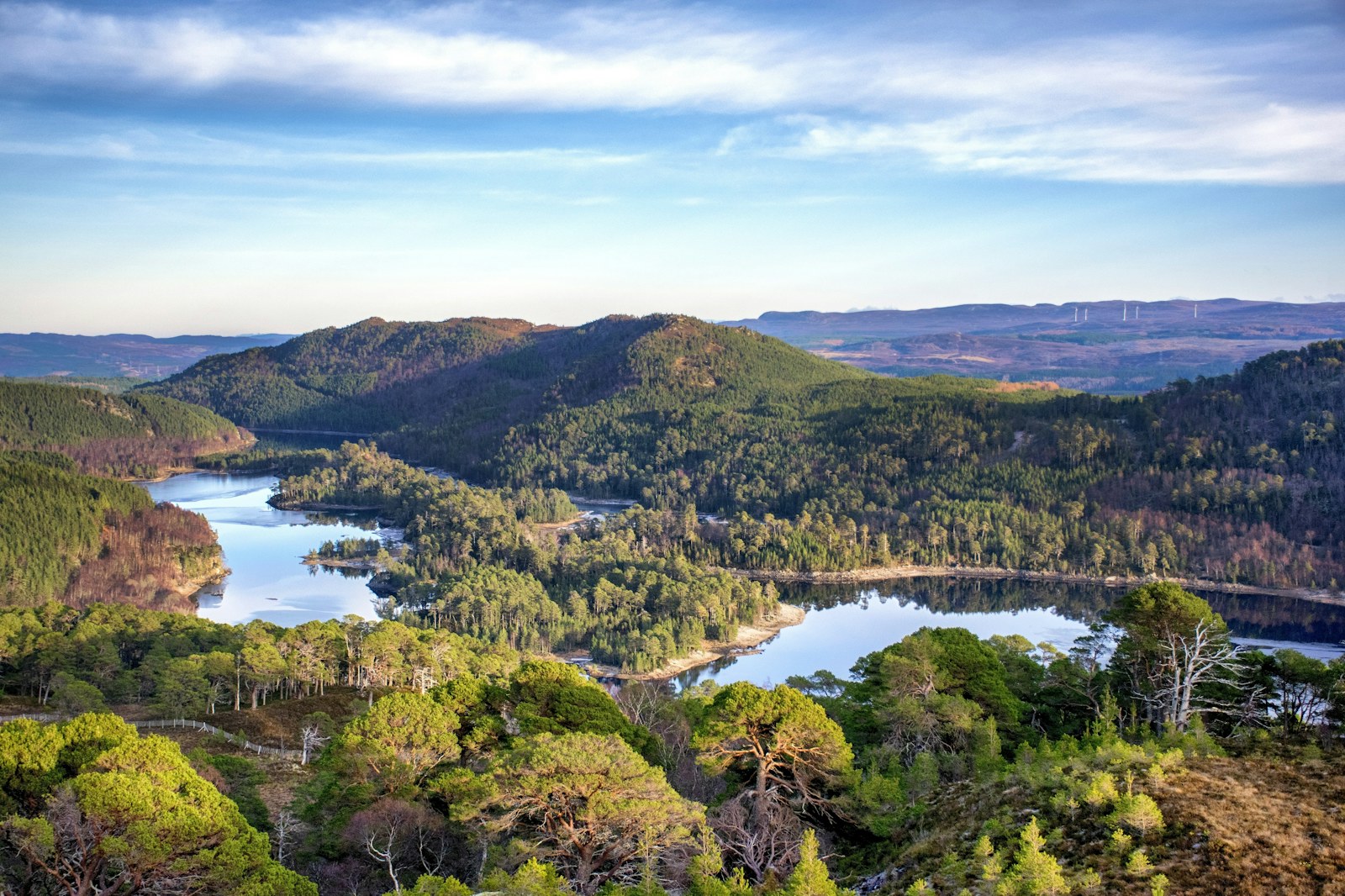
Read more
Find out about the public consultation, which is now closed.
